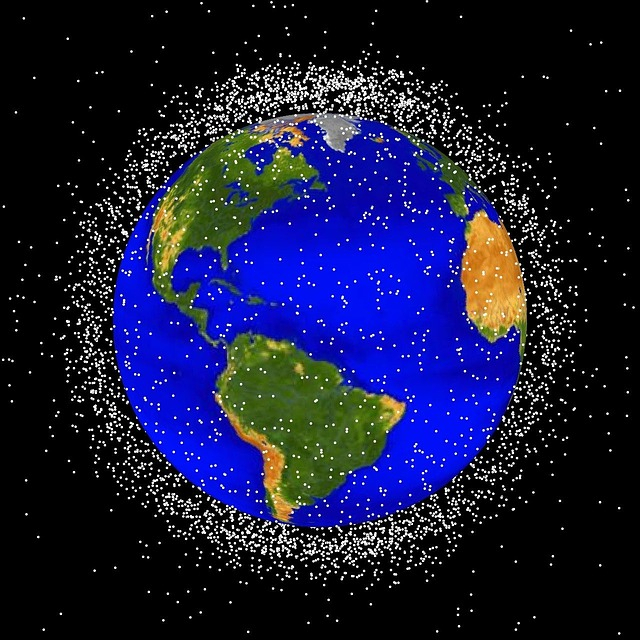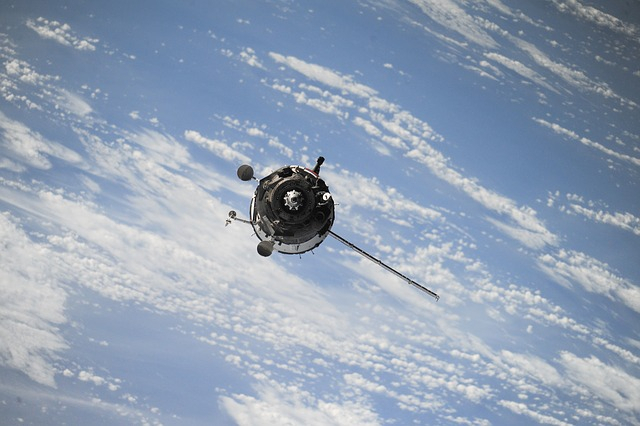A professor from the University of Texas developed an online graph that keeps track of the near-collisions of space debris and active satellites orbiting Earth in real-time. It illustrates the growing problem of space junk in low-Earth orbit.
The graph, known as the Conjunction Streaming Service Demo, was created by Moriba Jah, an associate professor who specializes in monitoring orbital debris. According to Jah, he developed the graph using data collected by the U.S. Air Force.

Features of the Online Graph
The graph provides real-time information regarding the distances of the satellites and space debris from one another. Its Y-axis shows the distance between the objects in kilometers while the X-axis measures the time. Within the graph are color-coded dots that represent the objects hovering around Earth.
The red dots represent the orbital debris while the green ones are the satellites that are still operational. The yellow dots show both satellites and space debris. Lines and arcs connecting the dots indicate their movements and proximity from one another.
Interpreting the Graph's Data
As explained by Jah, the graph shows just how close the orbital objects and satellites move from each other. Through the graph's time-tracking feature, near-collisions can be observed at almost every minute.
"Things are crisscrossing each other at very high speeds," Jah told The Verge. "These things are traveling really, really fast and definitely coming close to each other. People need to be aware of that."

The Growing Problem with Space Debris
Currently, there are over two million differently sized space debris pieces orbiting Earth. As for the number of active and operational satellites, reports indicate that there are around 2,000 of them in space. However, within the next couple of years, this number can grow significantly as private space firms such as SpaceX launch their own satellites in low-Earth orbit.
According to Jah, if nothing is done to solve the current space junk problem or if regulations regarding satellite operations are not established, the space around Earth will become overpopulated and very dangerous. "[The] traffic is just going to increase," he said. "So the bottom line is that there is definitely an increased risk of collision with that increased traffic coming close to each other."









